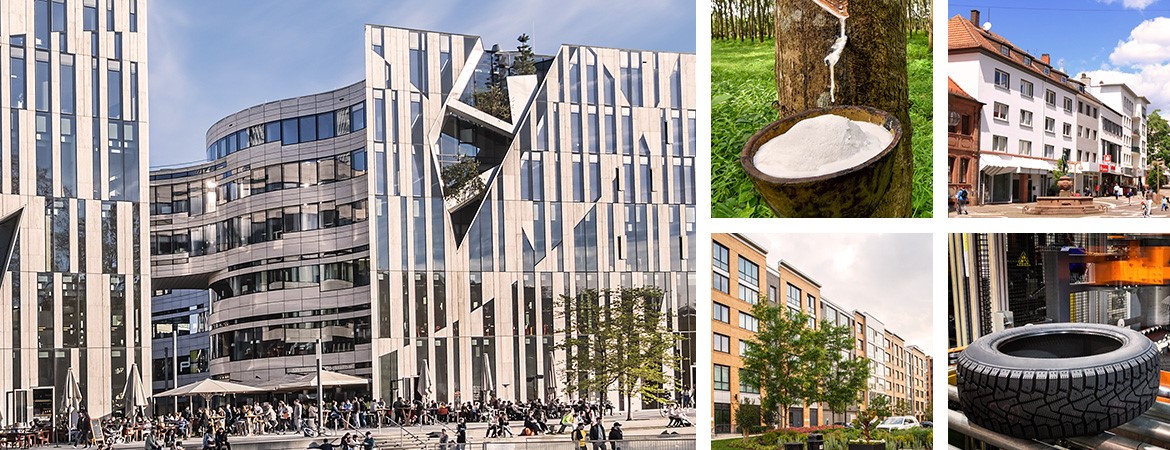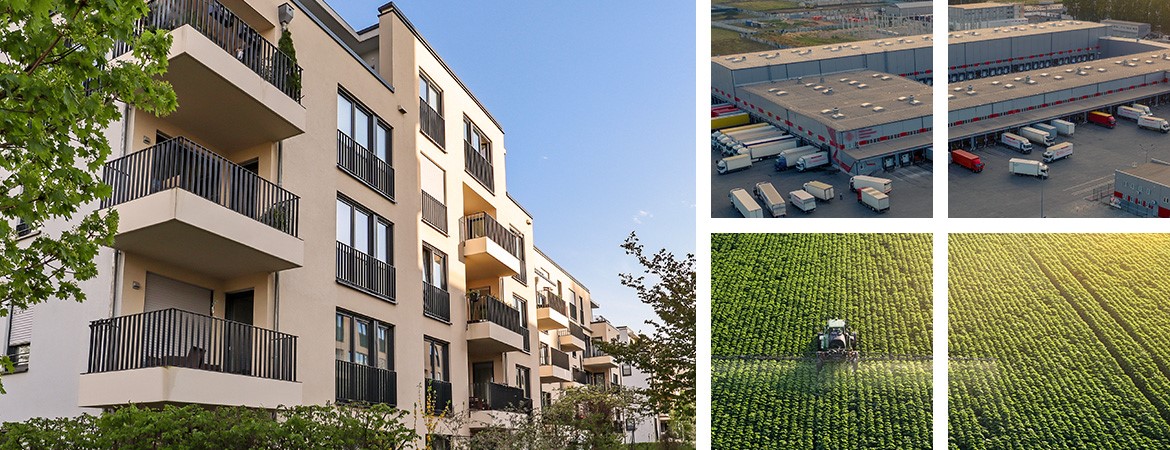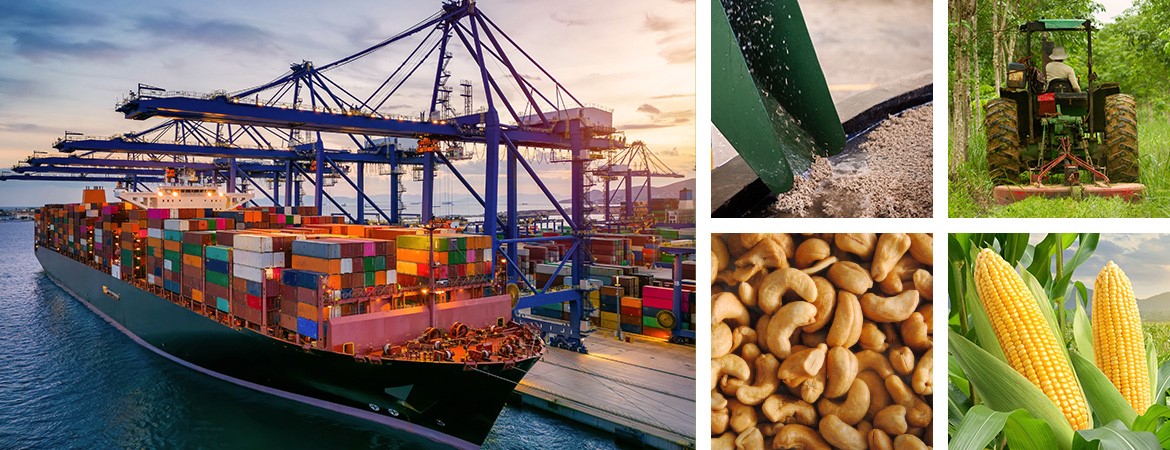








Sustainability with the goal of offering end products which were manufactured in an environmentally sound and socially responsible way, is not just the order of the day, but also the corporate philosophy of all major industry sectors.
In the automotive and tire industries as well as in the upstream rubber industry this forward-looking approach is associated with numerous challenges. To be on the go in a fast, safe, and comfortably manner and with a green conscious requires innovative, energy efficient, and environmentally friendly developments and improvements along the entire value-added chain.
On this note, the synthetic rubber industry is called upon considerably more here than the natural rubber industry. In order to reduce its dependency on the non-renewable fossil raw material crude oil, the sector is endeavored, for instance, to shift traditional petrochemical production to biogenic processes. Using biomass resources to extract plant-based oil and oil by-products such as butadiene as raw material for synthetic rubber, is technically demanding and not unproblematic politically, because in many cases it is paramount to secure agricultural commodities for food supply. Moreover, there are considerable challenges in the area of energy efficiency and environmental pollution.
Producing natural rubber and processing it industrially is simpler with a view to sustainability. However, here, too, there is the problem that the land required for rubber plantations is also needed by the operators of farmland for food commodities. Added to this is the fact that rubber trees can only be planted in a relatively limited area within the so-called rubber belt, so at most 15° north and 15° south of the Equator. In light of the increasingly scarcity of land which makes available land more expensive, the natural rubber industry is faced with huge challenges.
Nevertheless, the sustainability of natural rubber production is exemplary. If rubber tree plantations are established and cultivated in fallow areas, unused land is re-cultivated and given a meaningful purpose. The socio-economic effect is huge. The need for workers, especially for harvesting is great, and the work is demanding meaning that numerous well-paid jobs are created for the local population.
Given the right climatic conditions, rubber trees are resilient and easy to look after thus eliminating the need for watering and extensive fertilizing. Rubber tree plantations if planted ecologically correctly develop within a short period of time to plantation forests. They not only provide the coveted latex on a daily basis, from which natural rubber is obtained for the rubber industry, but they also constantly absorb carbon dioxide thus effectively combatting climate change.
After a 15-year growth period, rubber plantations have passed their prime when it comes to latex output. At this point the rubber trees are cut down to make space for new plantations. The timber is directed to the timber industry, where another lifecycle and utilization cycle begin.